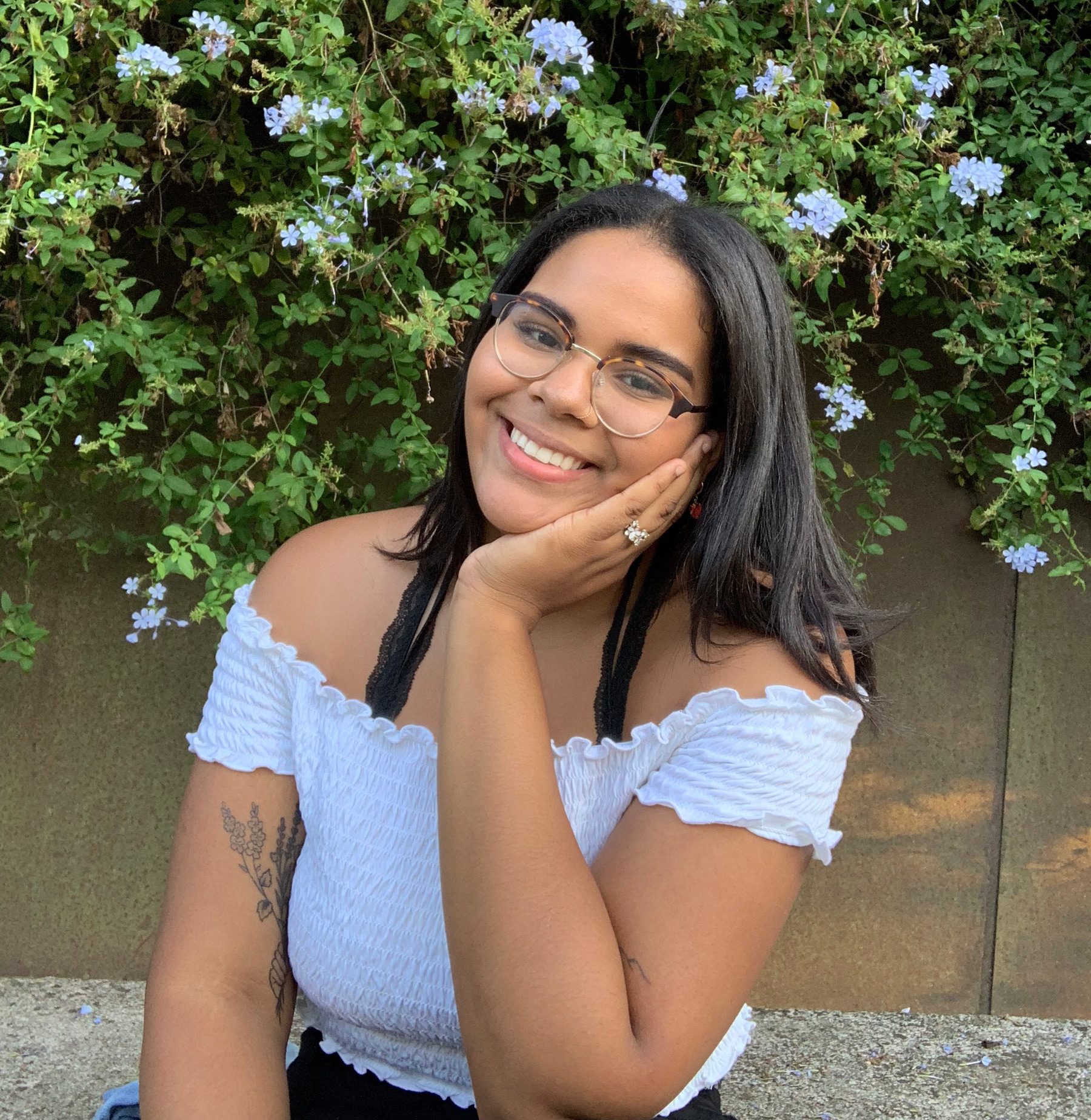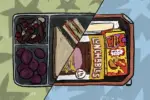Fancy and often pricy recording studios or industry connections have, for a long time, been gatekeepers for those pursuing successful careers in music. Now, however, self-publication sites and accessibility to music producing software has made creating and publishing your own music easier than ever. In hip-hop, type beats have dominated how new rappers create music and, in recent years, have given many successful emerging artists like Juice WRLD their start.
On the pop side of things, it has led to the creation of a whole new sub-genre: bedroom pop. The name derives from where these pop songs are being made — artists’ bedrooms. The genre emerged through disorganized collective musical deviations created by trends that multiple artists began to follow, and presented itself as something authentic and aesthetically-pleasing.
Some notable artists you might be familiar with include Clairo, Gus Dapperton, Rex Orange County, Roy Blair, JAWNY, boy pablo, Still Woozy, beabadoobee, Cuco, Omar Apollo and girl in red.
What Does Bedroom Pop Sound Like?
The credit for naming the genre belongs to Spotify. The platform created the now popular Bedroom Pop playlist in January 2018 and the name just stuck. Many who make music under this label dislike the term or have a love-hate relationship with it at best. They agree that their music is more than just something created in a bedroom and that shouldn’t be the label that defines them. However, it seems the name is here to stay.
In the age of countless YouTube tutorials, it seems there is nothing you can’t teach yourself — including turning into a music producer after watching videos about software like Abelton. The name “bedroom pop” comes from the style’s traditional origin in makeshift bedroom recording studios, but there’s more to it. The music has a certain aesthetic. Not all of the genre’s songs are created the same.
Bedroom pop characteristically has dreamy, reverb-heavy, lo-fi DIY elements. Lo-fi itself is a term re-popularized by this new wave of DIY music making. The term refers to music that is recorded at generally lower quality with a mellow ambient sound. Low quality in this case is not pejorative; it doesn’t mean the songs are poorly produced, just that they lack the sophistication that professionally produced songs have. Lo-fi elements were originally a result of just lacking the right resources or knowledge about making high quality music, but now it is a sound that is strived for and intentionally created.
The genre’s songs are overwhelmingly underwhelming. This is what makes them so different from what is playing on radios right now. They lack the high quality, multi-layered, highly upbeat and arguably over-produced feeling that pop music is characteristically known to have. But that is its appeal.
What Makes It Different?
It’s still pop, but the slowed, mellow dreamy kind. It’s not boring; it’s just known for its minimal ambient construction that is full of nostalgic pop vibes. It’s the kind of pop that makes you feel like you’re running through a field of flowers at the end of summer in slow motion. The kind of nostalgia that makes you crave a feeling or person you’ve never met. Or that you’re painting with watercolors under a tree’s shade after having a picnic on a hot summer day. Bedroom pop’s minimal construction makes it best fit to set whatever vibes the listener wants because it lacks the arguably distracting over-the-top elements of much of mainstream pop.
Perhaps the most distinct thing about the appeal of bedroom pop is how authentic it feels. It is created by Gen Z for Gen Z. The genre is not trying to conform to any other, therefore making it independent, creative and open-minded. It’s not attempting to be a homemade version of mainstream pop. It’s just artists making what they want with what tools they have available. They sing about crushes, anxiety, navigating romantic relationships, depression and other topics angsty teenagers relate to. The music is personal and vulnerable, and for younger audiences, that vulnerability is so refreshing to see because we have grown up in an age where everything is so artificial. Bedroom pop is a genre that is emotionally authentic and it’s found itself on Gen Z’s playlists for being a relatable outlet many can count on to not feel so alone in their worries.
In an interview with Complex, Norwegian artist girl in red reflects on the authenticity of the genre. She commented, “It’s really cool that people are just being themselves and getting recognition for the art that they’re creating.”
Most of these artists write, record and produce everything they release themselves. Obviously, as is true with any other self-made artists who reach a high level of fame and eventually land record deals, they do lose some of their outsider status, but that’s where the content of their music becomes important.
Even DIY artists who have scored deals still continue to produce the minimal lo-fi songs that emulate the simple songs that launched their careers in the first place. Clairo’s career launched with the release of her $0 budget bedroom-created video for “Pretty Girl” that she made in 30 minutes. Since signing with Fader, the overall quality of the process of creating her music has increased, but she still stays true to her mellow, simple roots in recent 2019 releases like “Bags” and “Softly.”
Why Now?
Self-made artists are not a new 2020 concept and the availability of music creation software and self-publication sites aren’t either. SoundCloud launched in 2007, with Spotify doing the same just a year prior, and 2003 saw the birth of perhaps the earliest pioneer of these kinds of platforms, MySpace. YouTube has been around since 2005 and so have many software tutorials similar to one’s artists use to teach themselves now. So, an important thing one might ask when trying to understand the DIY bedroom pop genre and its rise is, why now?
The short answer is the internet. This is truly the short answer to most things nowadays, but it’s true. In particular, what could explain the success of SoundCloud and Spotify many years after their initial launch is the continuing rise of streaming music online. We have drifted away from the traditional ways we once consumed music, in the form of CDs or listening to the radio. This especially true with Gen Z, many of whom have not lived in a time period where streaming wasn’t the dominant form of listening to music.
With the internet comes a substantial amount of choice. You no longer have to wait for the radio to play your favorite song or limit yourself to playing one of the four CDs you own on rotation. Gen Z and millennials, which embraced the times and turned to music streaming, can now play what they want whenever they want.
Girl in red stated that “I started out using SoundCloud, and then someone reposted my song on YouTube. Somehow that video reached a lot of people. If it weren’t for the internet and that video, my only listener would probably be my mom.” Republishing music like this is just one of the many ways that fans are taking music into their own hands. No longer are big labels pushing genres or artists onto you with heavy promotion; listeners are now bringing artists to the labels. Listeners are finding music online and they are deciding what they want more of. This is creating an infinitely more influential consumer base, and bedroom pop really helps highlight this clear transition of power.
The Future of Bedroom Pop
Bedroom pop is a genre of Gen Z artists who only know a world where the internet exists. An internet that allows anyone to learn anything anytime, thus enabling mere kids to make music in their bedroom, a practice that has never been more popular than now.
The grouping of these artists and elements gives rise to a label that now some find restrictive. Suddenly, this kind of music, which was a product of free will, now feels as if it has rules and expectations. “It’s not completely restricting, but at the same time it is, because I feel like there’s more to bedroom music than just bedroom pop. I feel like there’s some different alternatives and genres of what it could be. So I think it’s both accurate and restrictive,” Clairo told Complex.
The bedroom pop genre seems to be growing and, as many breakout genres do, they influence the original genres they once borrowed elements from. More and more bedroom pop artists are being featured alongside mainstream pop artists. Notably, “Supaloney” by BENEE and Gus Daperton has gone TikTok viral and amassed 144 million Spotify streams. The song embraces upbeat elements and stands on the more mainstream-sounding side of bedroom pop, making it a good bridge song between what is played on pop radio and what Gen Z teens have on their Spotify playlists. And this is a trend we should anticipate more of in the future.

















